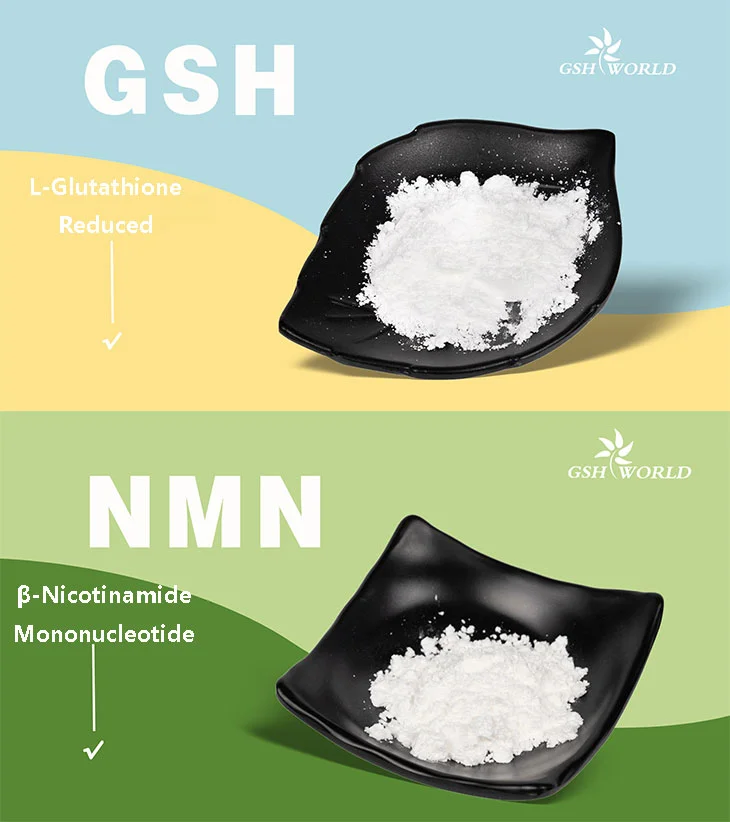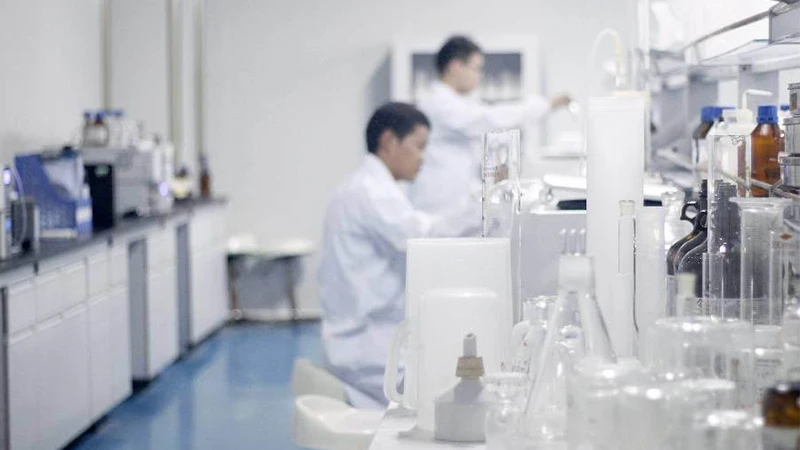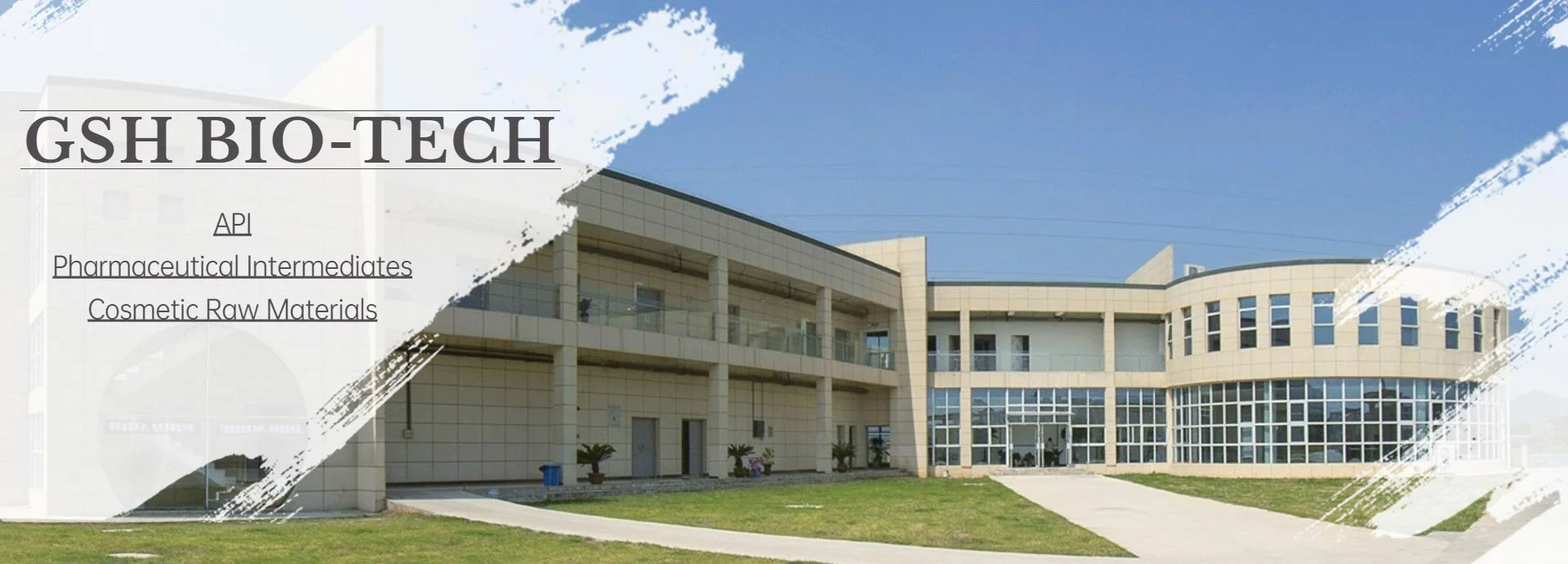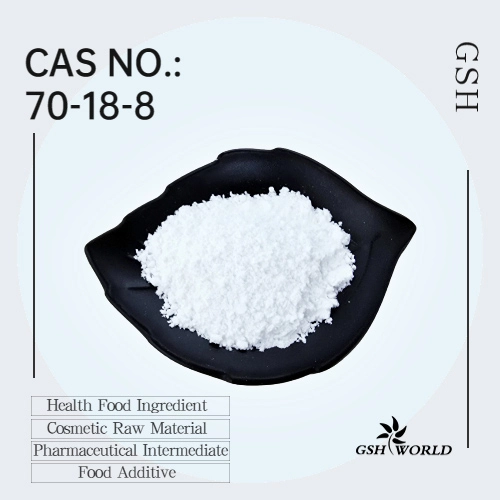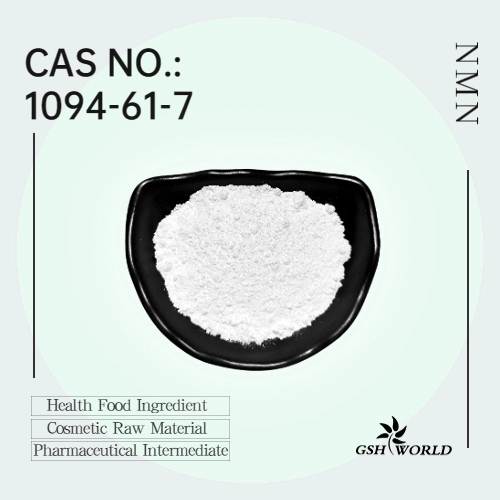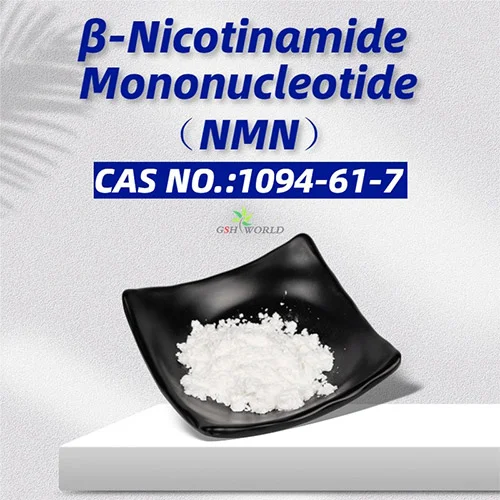β-Nicotinamide Mononucleotide Raw Material: Sources, Properties and Applications
β-Nicotinamide Mononucleotide (NMN) is a nucleotide derived from ribose and nicotinamide, which are components of nicotinamide riboside and niacin. NMN is a precursor of nicotinamide adenine dinucleotide (NAD+), a coenzyme that plays a vital role in various metabolic and cellular processes, such as oxidative phosphorylation, DNA repair, gene expression and aging. NMN has been shown to have beneficial effects on various diseases and conditions, such as diabetes, cardiovascular disease, neurodegeneration, inflammation and aging . Therefore, NMN has attracted much attention as a potential nutraceutical and anti-aging agent.
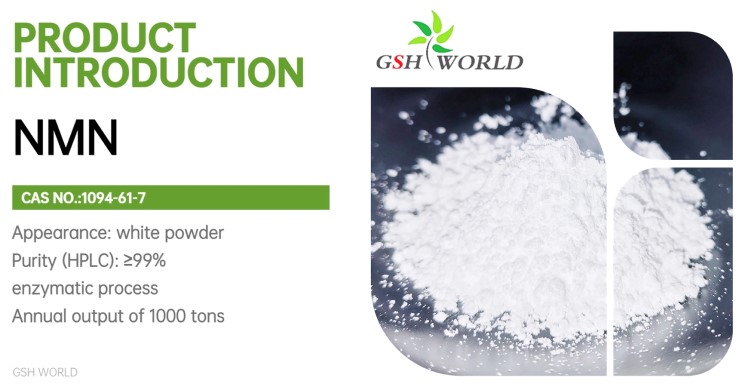
However, NMN is not widely available in natural foods or supplements, and its production methods are limited and costly. Therefore, there is a need for efficient and economical sources of NMN raw material, which can be used for the synthesis of NMN products. NMN raw material refers to the substances that contain NMN or its precursors, such as nicotinamide (NAM), nicotinamide riboside (NR) or phosphoribosyl pyrophosphate (PRPP), which can be converted to NMN by enzymatic or chemical reactions.
NMN raw material can be obtained from natural or synthetic sources. Natural sources include animal tissues, plant tissues and microorganisms that produce or contain NMN or its precursors. Synthetic sources include chemical synthesis, enzymatic synthesis and biotechnological synthesis that produce NMN or its precursors from simple molecules. The following sections will review the main sources of NMN raw material, their properties and applications.
Animal tissues
Animal tissues are rich sources of NAD+ and its precursors, such as NAM, NR and NMN. Among them, liver is the most abundant source of NMN, followed by kidney, spleen and blood. However, animal tissues have some drawbacks as sources of NMN raw material. First, they are limited in supply and may have ethical issues. Second, they may contain contaminants or pathogens that pose health risks. Third, they may have low stability and bioavailability of NMN due to degradation by enzymes or pH changes. Therefore, animal tissues need to be processed carefully to extract and purify NMN or its precursors before being used for NMN production.
Plant tissues
Plant tissues are also sources of NAD+ and its precursors, such as NAM, NR and NMN. Among them, fruits and vegetables are the most common sources of NR, which can be converted to NMN by NR kinase. Some examples of NR-rich fruits and vegetables are avocado, broccoli, cabbage, cucumber, tomato and grape. However, plant tissues also have some drawbacks as sources of NMN raw material. First, they have low concentrations of NR or NMN compared to animal tissues. Second, they may have seasonal variations or geographical differences in their NR or NMN content. Third, they may have low stability and bioavailability of NR or NMN due to degradation by enzymes or pH changes. Therefore,
plant tissues need to be processed carefully to extract and purify NR or NMN before being used for NMN production.
Microorganisms
Microorganisms are another source of NAD+ and its precursors, such as NAM, NR and NMN. Among them, yeast, bacteria and fungi are the most common sources of NAM or NR, which can be converted to NMN by NAMPT or NR kinase. Some examples of NAM- or NR-producing microorganisms are Saccharomyces cerevisiae , Escherichia coli , Bacillus subtilis , Lactobacillus plantarum and Candida utilis . However, microorganisms also have some drawbacks as sources of NMN raw material. First, they may have low yields or productivity of NAM or NR compared to chemical or enzymatic synthesis. Second, they may have complex growth conditions or media requirements that increase the cost of production. Third, they may have low stability and bioavailability of NAM or NR due to degradation by enzymes or pH changes. Therefore, microorganisms need to be optimized and engineered to enhance their NAM or NR production and stability before being used for NMN production.
Chemical synthesis
Chemical synthesis is a synthetic method that produces NMN or its precursors from simple organic molecules, such as NAM, ribose, PRPP or pyridine derivatives. Chemical synthesis can be performed by using various organic reagents and catalysts, such as phosphorus oxychloride, triethylamine, sodium hydride, acetic anhydride or palladium. Chemical synthesis has some advantages as a source of NMN raw material. First, it can produce high yields and purity of NMN or its precursors. Second, it can control the reaction conditions and parameters to optimize the synthesis process. Third, it can use readily available and inexpensive starting materials. However, chemical synthesis also has some disadvantages as a source of NMN raw material. First, it may generate toxic or hazardous by-products or waste that pose environmental and health risks. Second, it may require high temperature, pressure or energy consumption that increase the cost of production. Third, it may have low bioavailability or stability of NMN or its precursors due to chemical modifications or degradation.
Enzymatic synthesis
Enzymatic synthesis is a synthetic method that produces NMN or its precursors from amino acids or other substrates by using enzymes or enzyme mimics as catalysts. Enzymatic synthesis can be performed by using various enzymes or enzyme mimics, such as NAMPT, NR kinase, PRPP synthetase, nicotinamidase or nicotinate phosphoribosyltransferase. Enzymatic synthesis has some advantages as a source of NMN raw material. First, it can produce high specificity and selectivity of NMN or its precursors. Second, it can operate under mild reaction conditions and parameters that reduce the cost of production. Third, it can use natural and renewable starting materials that are environmentally friendly. However, enzymatic synthesis also has some disadvantages as a source of NMN raw material. First, it may have low yields or productivity of NMN or its precursors compared to chemical synthesis. Second, it may have complex enzyme purification or immobilization processes that increase the cost of production. Third, it may have low stability or activity of enzymes or enzyme mimics due to denaturation or inhibition.
Biotechnological synthesis
Biotechnological synthesis is a synthetic method that produces NMN or its precursors by using genetically modified organisms or cells that express specific genes or pathways. Biotechnological synthesis can be performed by using various organisms or cells, such as yeast, bacteria, fungi, plants or animals. Biotechnological synthesis has some advantages as a source of NMN raw material. First, it can produce high yields and productivity of NMN or its precursors by optimizing the expression level and regulation of genes or pathways. Second, it can use simple and inexpensive growth media and conditions that reduce the cost of production. Third, it can use natural and renewable starting materials that are environmentally friendly. However,
biotechnological synthesis also has some disadvantages as a source of NMN raw material. First, it may have ethical issues or public concerns regarding the use of genetically modified organisms or cells. Second, it may have safety issues or regulatory challenges regarding the quality and efficacy of NMN products derived from genetically modified organisms or cells. Third, it may have low stability and bioavailability of NMN or its precursors due to degradation by enzymes or pH changes.
Conclusion
NMN is a promising nutraceutical and anti-aging agent that has various beneficial effects on human health and longevity. However, the availability and affordability of NMN products are limited by the lack of efficient and economical sources of NMN raw material. Therefore, there is a need for developing novel and improved sources of NMN raw material that can meet the increasing demand and expectations of consumers and industries. This review summarized the main sources of NMN raw material from natural and synthetic origins, their properties and applications. Each source has its own advantages and disadvantages that need to be considered and balanced according to the desired characteristics and criteria of NMN products.
PREVIOUS: How to Choose the Best Glutathione Raw Material for Your Health and Beauty Needs
NEXT: An Introduction to Nicotinamide Mononucleotide (NMN) API
by GSHWORLD
GSHWORLD is China Biological API Manufacturer. China nicotinamide mononucleotide Supplements powder suppliers & best nicotinamide mononucleotide benefits raw material Factory.


